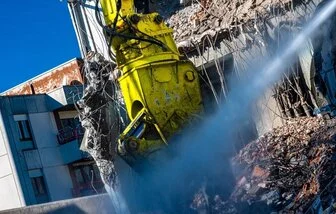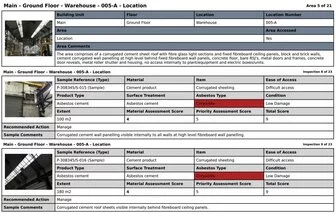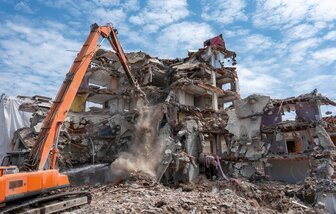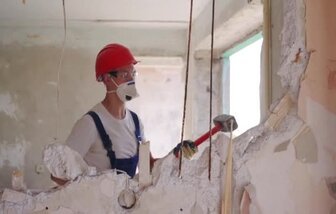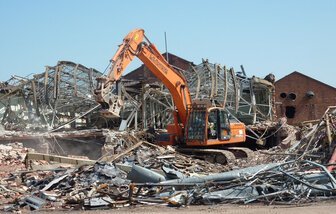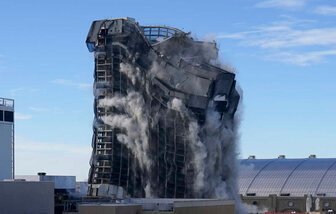Understanding High-Risk Demolition Projects and Effective Risk Management Strategies
High-risk demolition projects require meticulous planning, effective risk management, and adherence to strict safety protocols. By identifying and assessing potential risks, implementing appropriate risk management strategies, and ensuring ongoing monitoring and communication, these projects can be carried out safely and successfully. Prioritizing the safety of workers and the protection of the environment is paramount in high-risk demolition projects.
All you need to know about High-Risk Demolition
Learn about high-risk demolition projects and effective strategies for managing risks.
Find out how to identify and assess potential hazards, implement risk management strategies, and prioritize worker safety and environmental protection.
Discover the importance of planning, training, hazardous material management, structural stability, communication, and regular inspections in high-risk demolition projects.
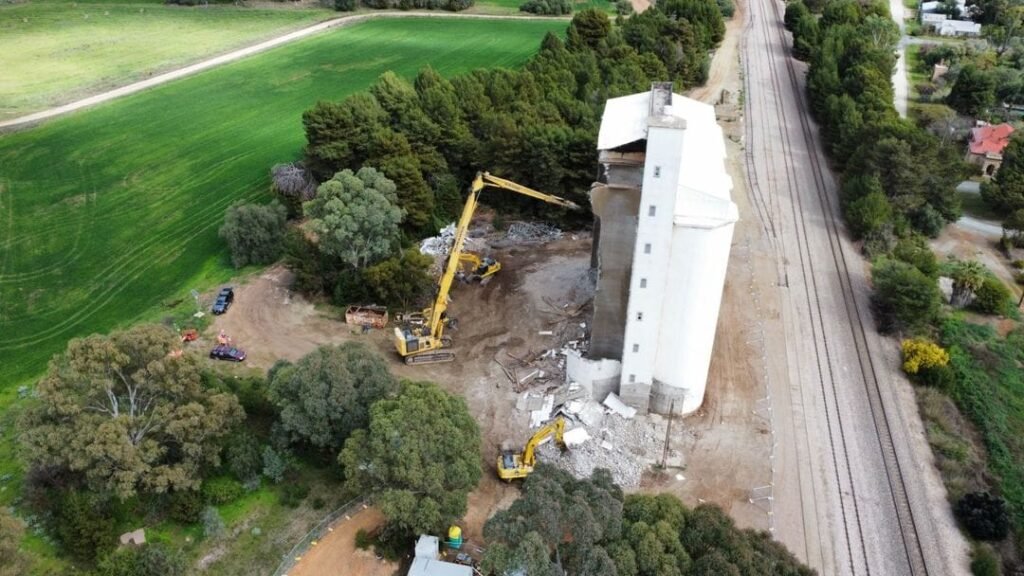
High-risk demolition projects require careful planning and execution due to the potential dangers involved. These projects involve the removal or destruction of structures that pose significant risks to both workers and the surrounding environment. In this article, we will explore what high-risk demolition entails and discuss effective strategies for dealing with the associated risks.
High-risk demolition refers to the demolition of structures that present complex challenges and potential hazards. These projects often involve buildings with unstable structures, hazardous materials such as asbestos, or proximity to critical infrastructure. Examples of high-risk demolition projects include the demolition of tall buildings, bridges, industrial facilities, and nuclear power plants.
Before undertaking a high-risk demolition project, it is crucial to identify and assess the potential risks involved. This process involves conducting a thorough site assessment, reviewing architectural and engineering plans, and consulting with experts in demolition and risk management. The goal is to identify any potential hazards, such as structural instability, presence of hazardous materials, or environmental concerns.
Once the risks are identified, a comprehensive risk assessment should be conducted. This assessment should consider factors such as the likelihood and severity of potential accidents, the impact on workers and the environment, and the effectiveness of existing safety measures. By understanding the specific risks associated with a project, appropriate risk management strategies can be implemented.
Implementing effective risk management strategies is crucial for ensuring the safety of workers and minimizing the impact on the surrounding environment. Here are some key strategies to consider:
1. Planning and Preparation
A well-developed demolition plan is essential for managing risks effectively. This plan should outline the sequence of demolition activities, identify potential hazards, and establish safety protocols. It should also include a contingency plan for unexpected events and emergencies.
2. Training and Education
Providing comprehensive training and education to all workers involved in the demolition project is essential. This includes training on the safe handling of hazardous materials, proper use of personal protective equipment (PPE), and emergency response procedures. Regular safety briefings and ongoing training updates should be conducted throughout the project.
3. Hazardous Material Management
High-risk demolition projects often involve the removal and disposal of hazardous materials, such as asbestos, lead, or chemical substances. It is crucial to follow strict protocols for handling and disposing of these materials to prevent exposure and minimize environmental impact. Compliance with relevant regulations and guidelines is essential.
4. Structural Stability and Engineering Controls
Prior to demolition, thorough structural assessments should be conducted to ensure the stability of the building or structure. Engineering controls, such as shoring, bracing, or scaffolding, should be implemented to reinforce the structure and prevent collapse during the demolition process.
5. Communication and Collaboration
Effective communication and collaboration among all stakeholders involved in the demolition project are vital for managing risks. This includes regular meetings to discuss safety concerns, sharing of information regarding potential hazards, and coordination of efforts to address any emerging risks.
6. Regular Inspections and Monitoring
Ongoing inspections and monitoring of the demolition site are essential to identify any new risks or changes in existing hazards. This includes regular checks for structural stability, air quality monitoring for hazardous materials, and adherence to safety protocols by all workers.
What is demolition?
The process involves Rotational hydraulic shears and rock-beakers attached to specialist excavators are also used to cut or break through wood, cut steel and crush concrete which reduces the structure to a rubble
What is a premature collapse?
TPremature collapse of these structures is one of the main causes of serious injuries resulting from demolition activities. The most common type of incidents is the lack of planning before commencement
Demolition hazards
If a demolition project is well planned the risks of injury and death can be minimised. It should be emphasised that the planning and execution of a demolition project should only be done by appropriately competent persons.
What is a section 80 demolition notice?
If your considering demolishing an existing building you will need to submit a demolition, Section 80 Notice together with your (RAMS) to your local authority according to section 80
What is a pre-demolition survey
When a building is to be demolished the (non-domestic) client (usually the property owner) has a duty to provide pre-demolition information to the designer and contractor. This will involve a pre-demolition investigation and survey.
How to manage asbestos in demolition
One of the key issues arising in demolition these days is asbestos. Widely used in construction projects by previous generations, asbestos is now accepted as the UK’s largest occupational killer and there are strict guidelines for the safe removal
How to manage your demolition project
Where any redundant building, structure plant has contaminated flammable materials, precautions must be observed to avoid fires and explosions. Specialist advice must be required to identify any residual
What is manual demolition?
Among the methods, manual demolition is found to be most applicable for most sites, especially for areas located in the urban zone. The safety of the demolition process would greatly depend on the type of procedure used.
What is non explosive demolition?
You do not need explosives for every demolition job. Most people assume that for a demolition to be a demolition there is a need for a kaboom. It does not have to be that way
Structural demolition
Structural demolition is not a walk in the park. Total Group is well placed to deliver a safe, environmentally friendly and a budget wise project. We focus on a process that will assist you to salvage and recycle material for reuse.
What is high risk demolition?
The building contractor needs to make a thorough risk assessment to look for both risks and hazards. Control measures are then implemented to prevent any accident that could be fatal.
Controlled demolition methods
If you have a large building that requires demolishing, you cannot rely solely on manual demolition to get the project completed. There is only so much that a team of demolition contractors.
Ready to start your project ?
Let's Work Together
Please complete the form below and someone from the Total team will be in touch.

